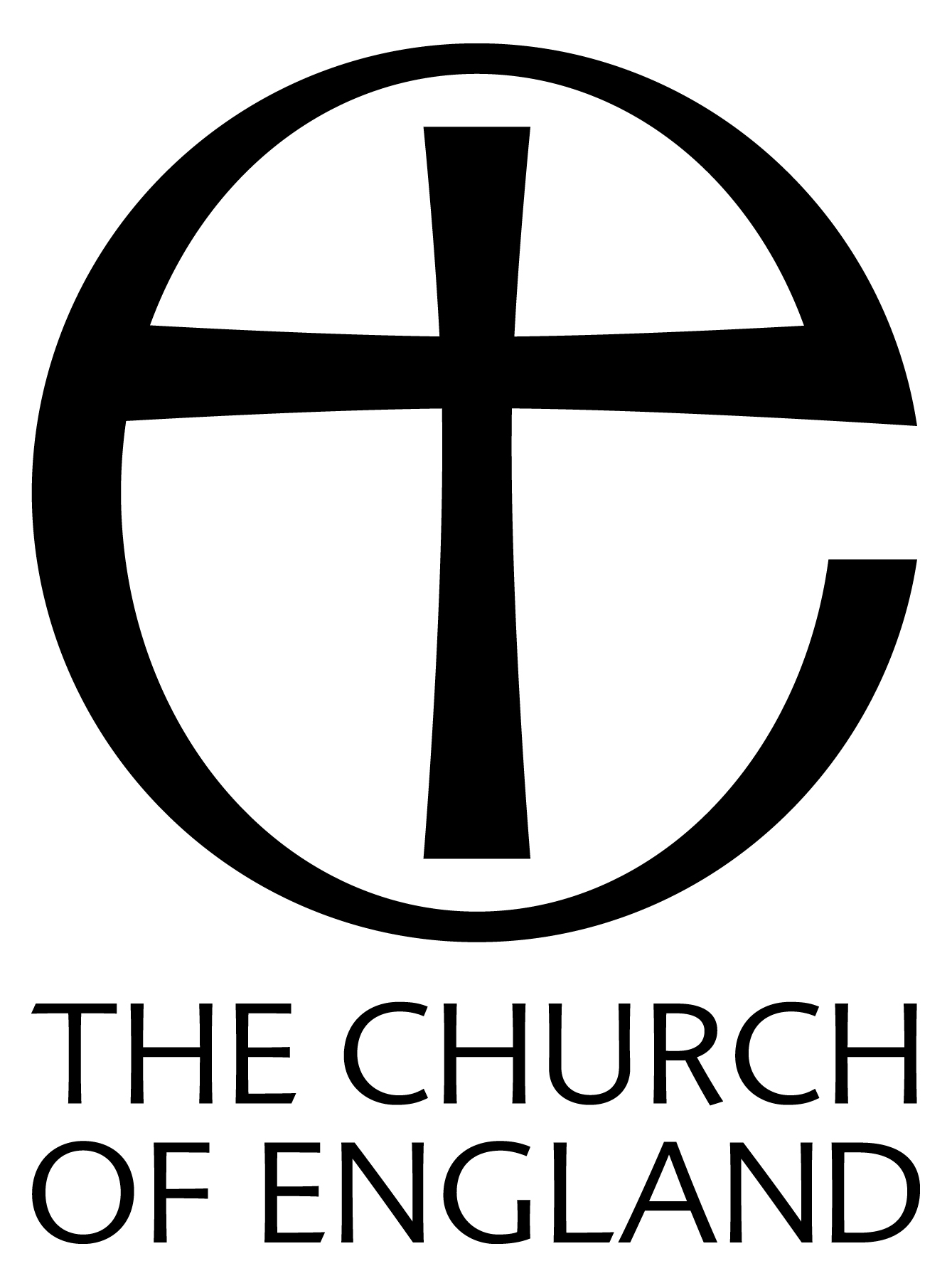Reproduced from
DRYPOOL -
Being a History of the Ancient
Parish of Drypool cum Southcoates
by M. Edward Ingram (1959)
by M. Edward Ingram (1959)
| < < < | > > > |
|
The eighteenth century had a healthy dislike of "Enthusiasm." A generation which had enjoyed the " Rule of the Saints" during the decade when the King and Episcopacy were abolished had no wish to repeat the experiment, and had implanted this dislike in the minds of its children. Enthusiasm was expressive of certain modes of thought and diction, and was used as a term of approbrium, and as a " misconceit of inspiration." It was felt that the mystic and particularly the emotional qualities of the enthusiasts were antagonistic to the spirit of the times. Sometimes the Evangelicals themselves were misunderstood and misconstrued as Enthusiasts, and it is important to distinguish between the responsible, soberminded and intellectual members of both the Evangelical and the Methodist parties and those who were less enlightened and whose excesses were to be condemned. The Evangelicals too must not be confused with the Puritans. With them they shared strictness of life, abhorrance of amusement, particularly the theatre, and a fondness for scriptural phraseology. Unlike the Puritans, although some members of the party worked for reforms through Parliament, they never formed a political party. Though strict in the way in which they lived, they were not gloomy or austere, but often bright and genial, delighting in good food and wine, and, above all, in conversation, as Morgan Forster has shown in his biography, " Marianne Thornton." They appealed to scripture, and whilst they had a high regard for the Church it was the Church of the Reformation rather than the Primitive Church to which they looked. Celebrations of the Holy |
Venn was appointed to the living of Clapham by John Thornton in 1792, shortly after Thornton's son Henry had moved into a house called Battersea Rise, overlooking Clapham Common, and soon a number of people of like persuasion followed suit. They exercised a considerable influence on current affairs, particularly the Slavery question, whose abolition was perhaps their greatest achievement. The title" Clapham Sect" was applied to these high-principled people by Sidney Smith. A prominent member of the group was William Wilberforce, John Thornton's brother-in-law, and though the Sect was located in London it could almost be said to have had its roots in Hull. There may be some connection between the somewhat chill climate of this small portion of East Yorkshire and the rather Puritanical outlook of its inhabitants. It may be the latter which was responsible for the fertility of the soil into which the Evangelical seeds fell. Wilberforce, Venn and Simeon were born in the same year, 1759. The former's father, Robert, was patron of Drypool, and William in his turn presented the living to Venn's son in 1827. Wilberforce owed his conversion to Isaac Milner, who had been an Usher, under his brother Joseph, when the latter was Head Master of the Hull Grammar School. Wilberforce had been at the school, when quite a young boy, but the story of the famous continental tour and his subsequent conversion is well known. We have already noted the Thorntons' connection with Hull. The family stemmed from Robert, the ejected and much persecuted Rector of Birkin, and his descendants had come to Hull as merchants. Like the Wilberforces they were bankers. |

|
|

|
|